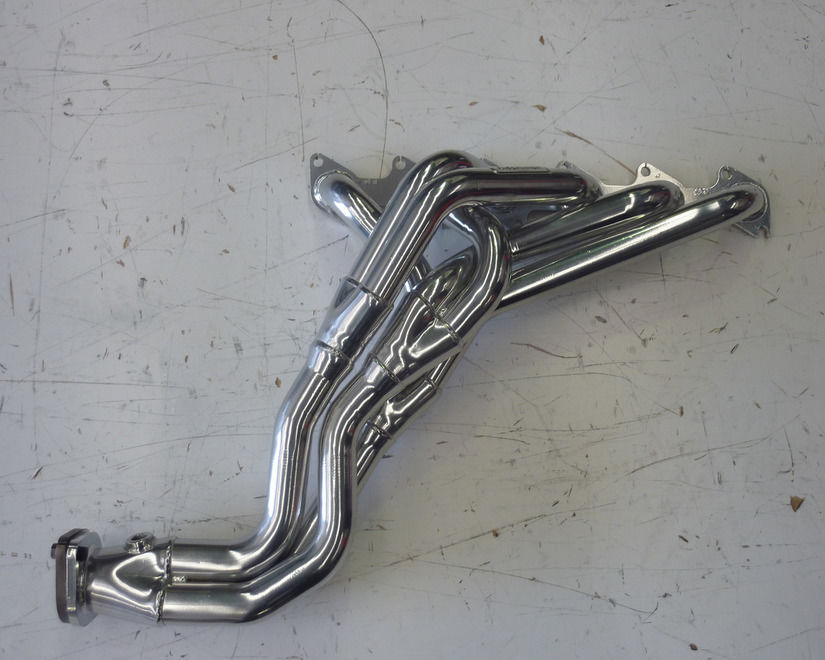The Differences Between Stock and Aftermarket Exhaust Parts
Even though the Ford Falcon isn’t produced anymore, it’s one of the most common cars you’ll see in Australia. If you’re a Falcon owner who’s looking to get more performance out of their vehicle, then you’re probably considering upgrading your stock exhaust system for an aftermarket one. Aftermarket performance exhaust systems are the most affordable way to get more out of your vehicle.

But in order to understand how aftermarket performance exhaust systems accomplish this, you need to understand how aftermarket exhaust parts differ from stock exhaust parts. The main differences are in size and design, with aftermarket systems being specifically designed to prevent gas flow restriction, thus improve performance, and sometimes, fuel economy.
Let’s start off with AU Falcon extractors, more commonly known as exhaust headers/manifolds. The AU Falcon extractors are the first components to handle the gases that come out of the engine. They’re bolted onto the cylinder heads and collect the gases that come from the combustion chamber. Aftermarket extractors are usually mandrel-bent to reduce exhaust restriction and reduce backpressure, which can rob your vehicle out of power.
Then come downpipes. Downpipes are what links the extractors to the mufflers. Between the extractor and manifold, you’ll usually find the catalytic converter – the part that’s responsible for converting the toxic gases that come out of the engine into less toxic ones. Having a catalytic converter is required by law, and aftermarket catalytic converters are usually much more efficient in what they do when compared to your stock catalytic converter.
Next comes the muffler, which is one of the most recognizable parts. The purpose of the muffler is to reduce the noise produced by your engine. Depending on the style, a muffler can use a combination of chambers, baffles, perforated tubes or sound deadening materials to accomplish its goal. Aftermarket muffler manufacturers combine different components in many different ways to produce different exhaust tones.
The last two parts are the crossover and tailpipes. Crossover pipes are specifically designed to balance flow on dual exhaust systems. They reduce uneven flow from the two banks of engine cylinders, which results in decreased backpressure. Tailpipes, on the other hand, are the last piece of the exhaust puzzle and their purpose is to release the exhaust gases out in the atmosphere. Since they’re the only part that people can actually see, most tailpipes are polished or made out of materials that look good, such as chrome.







